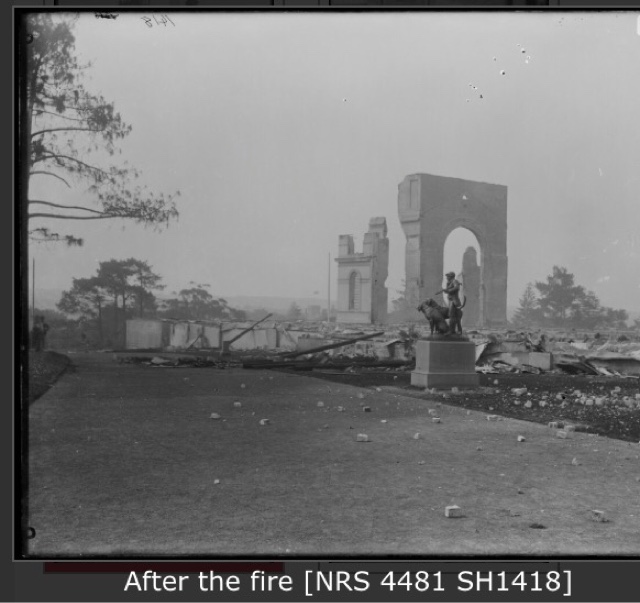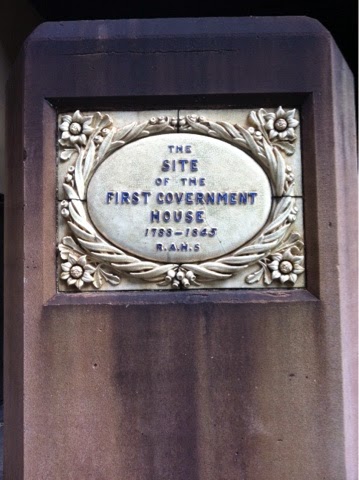The Sydney Garden Palace Gates were part of the entrance to the Sydney Garden Palace, a magnificent structure that once stood in the Royal Botanic Garden of Sydney, Australia. The gates are a remnant of the Garden Palace, which was a grand exhibition building that showcased the technological and cultural achievements of the late 19th century. Here's more information about the Sydney Garden Palace Gates:
The Garden Palace:
- The Sydney Garden Palace was a vast exhibition building constructed for the Sydney International Exhibition of 1879. The building was designed by colonial architect James Barnet and was situated within the Royal Botanic Garden.
- The Garden Palace was an impressive structure made of glass and iron, and it covered an enormous area. It housed a wide variety of exhibits, including displays of art, industry, science, and technology.
Gates and Entrance:
- The entrance to the Sydney Garden Palace was marked by grand gates that led visitors into the exhibition building.
- These gates were an integral part of the overall design, serving as an introduction to the opulent architecture and cultural treasures within the Garden Palace.
Destruction and Legacy:
- Tragically, the Sydney Garden Palace was destroyed by a fire on September 22, 1882, just a few years after the exhibition. The fire was a devastating loss, as the Garden Palace housed numerous irreplaceable artifacts and exhibits.
- The only remaining physical remnant of the Garden Palace is the sandstone and iron gates that once welcomed visitors into the grand exhibition building.
Current Location:
- The surviving gates were removed from their original location at the site of the Garden Palace's entrance and repositioned elsewhere in the Royal Botanic Garden.
- The gates serve as a historical artifact and a reminder of the grandeur that once existed on the grounds. They are an enduring link to a significant event in Sydney's history.
Cultural Significance:
- The Sydney Garden Palace and its gates hold cultural and historical importance, representing a brief yet impactful moment in Sydney's past.
- The gates symbolize the aspirations, achievements, and ultimately the loss associated with the Garden Palace and the exhibition it hosted.
Heritage Preservation:
- The surviving gates are carefully preserved to ensure their historical significance is not lost. They serve as a tangible connection to an event that showcased the global ambitions of a growing colonial city.
The Sydney Garden Palace Gates stand as a poignant reminder of an ambitious project that sought to celebrate progress and innovation. While the grand exhibition building itself was lost to fire, these gates endure as a lasting testament to the cultural, technological, and architectural aspirations of 19th-century Sydney.





































